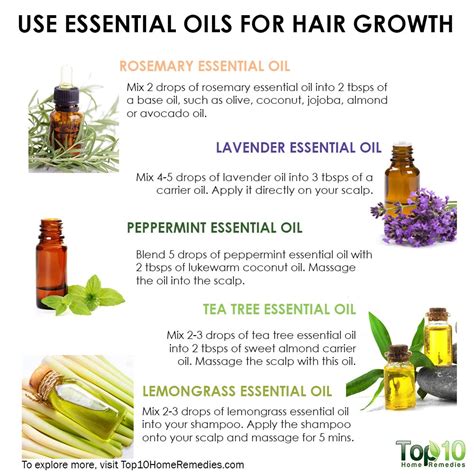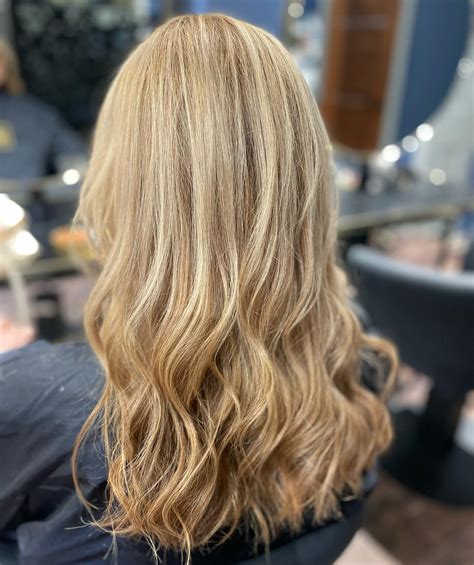Honey blonde hair color is a versatile and flattering shade that suits almost everyone. It’s a warm, golden blonde that adds a touch of sunshine to your look.

There are many different variations of honey blonde hair color, from light and airy to rich and golden. Here are 10 ideas to inspire your next salon visit:
- Golden Honey Blonde: This is a classic honey blonde shade that is perfect for summer. It’s a warm, golden blonde that will add a touch of sunshine to your look.
- Caramel Honey Blonde: This shade is a bit darker than golden honey blonde, and it has a more caramel-like hue. It’s a great choice for fall and winter.
- Butterscotch Honey Blonde: This shade is a bit lighter than caramel honey blonde, and it has a more butterscotch-like hue. It’s a great choice for spring and summer.
- Ash Honey Blonde: This shade is a bit cooler than the other honey blonde shades, and it has a more ash-like hue. It’s a great choice for winter.
- Platinum Honey Blonde: This shade is a very light honey blonde shade that is almost platinum. It’s a great choice for summer.
- Strawberry Honey Blonde: This shade is a unique honey blonde shade that has a hint of strawberry. It’s a great choice for spring and summer.
- Honey Blonde Ombre: This is a beautiful ombré hair color that starts with a darker honey blonde shade at the roots and gradually fades to a lighter honey blonde shade at the tips. It’s a great way to add some dimension to your hair.
- Honey Blonde Highlights: This is a great way to add some honey blonde highlights to your hair without going all-out. It’s a subtle way to change up your look.
- Honey Blonde Balayage: This is a freehand hair coloring technique that creates a natural-looking honey blonde shade. It’s a great way to add some dimension and movement to your hair.
- Honey Blonde Dip Dye: This is a fun and trendy way to add some honey blonde to your hair. It’s a great way to add a pop of color to your look.
The best honey blonde shade for you will depend on your skin tone and hair color. If you have fair skin, you can wear any shade of honey blonde. If you have medium skin, you can wear golden honey blonde, caramel honey blonde, or butterscotch honey blonde. If you have dark skin, you can wear ash honey blonde or platinum honey blonde.
You should also consider your hair color when choosing a honey blonde shade. If you have dark hair, you will need to bleach your hair before you can achieve a honey blonde shade. If you have light hair, you may be able to achieve a honey blonde shade without bleaching your hair.
Honey blonde hair requires special care to keep it looking its best. Here are a few tips:
- Use a purple shampoo. Purple shampoo helps to neutralize yellow tones in honey blonde hair. Use it once or twice a week to keep your hair looking bright and blonde.
- Condition your hair regularly. Honey blonde hair can be dry, so it’s important to condition it regularly. Use a conditioner that is designed for blonde hair.
- Avoid heat styling. Heat styling can damage honey blonde hair. If you must use heat styling tools, be sure to use a heat protectant spray.
- Get regular trims. Regular trims will help to prevent split ends and keep your hair looking healthy.
Q: What is the difference between honey blonde and golden blonde?
A: Honey blonde is a warmer, more golden shade of blonde than golden blonde. Honey blonde has a more natural look, while golden blonde has a more artificial look.
Q: Can I achieve a honey blonde shade without bleaching my hair?
A: If you have light hair, you may be able to achieve a honey blonde shade without bleaching your hair. However, if you have dark hair, you will need to bleach your hair before you can achieve a honey blonde shade.
Q: How often should I get my honey blonde hair touched up?
A: You should get your honey blonde hair touched up every 6-8 weeks to keep it looking its best.
Q: What are some tips for caring for honey blonde hair?
A: Here are some tips for caring for honey blonde hair:
- Use a purple shampoo to neutralize yellow tones.
- Condition your hair regularly to keep it from becoming dry.
- Avoid heat styling to prevent damage.
- Get regular trims to prevent split ends.
